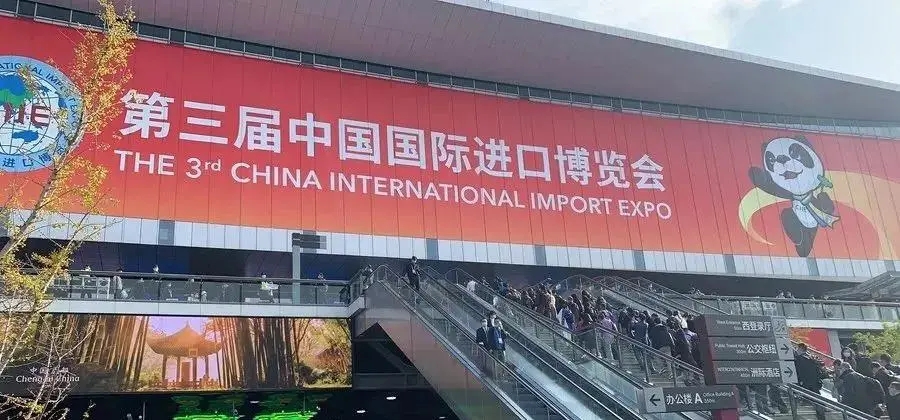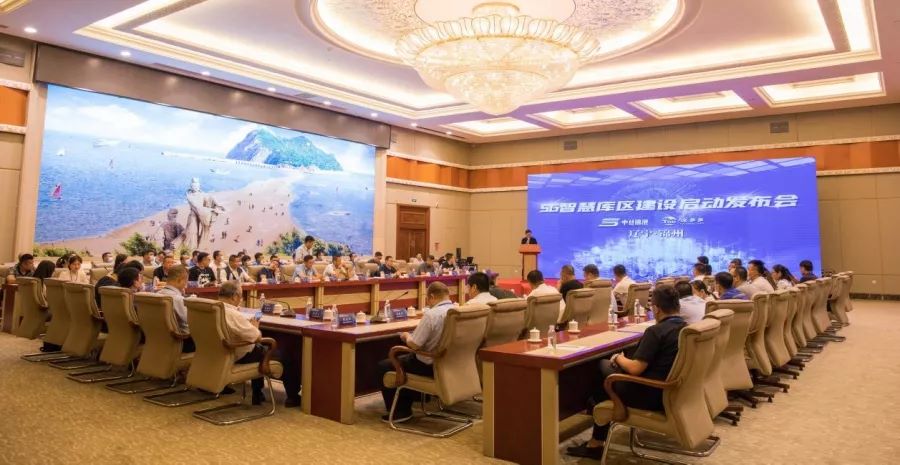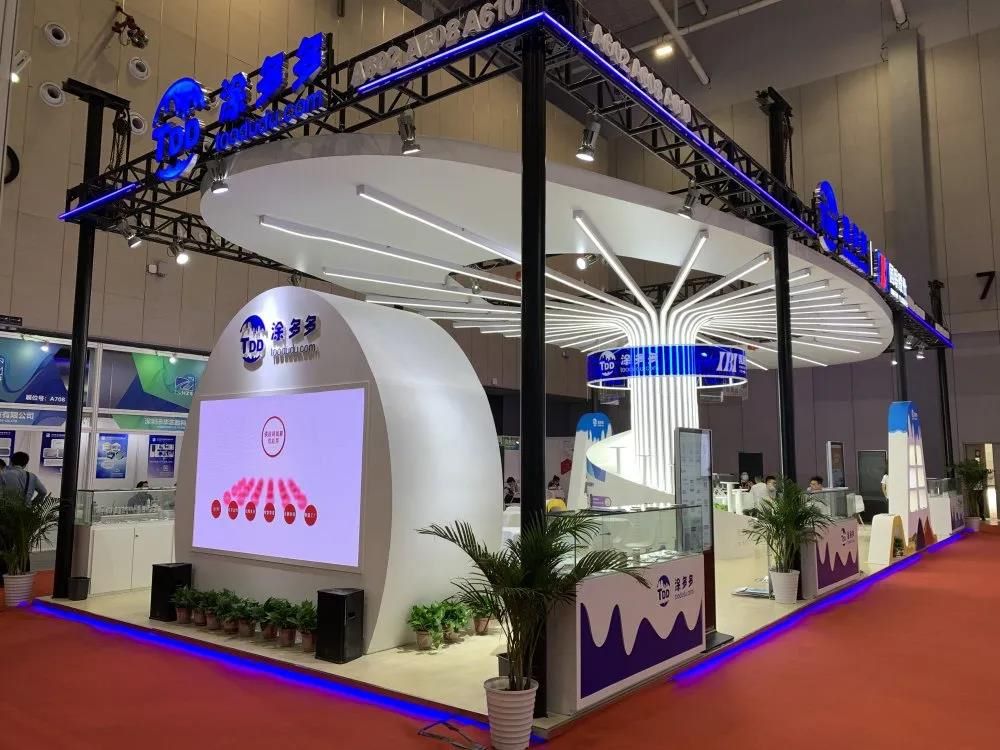Tire Industry's Green Shift
Driven by the global carbon neutrality strategy, the tire industry is undergoing a profound and far-reaching technological revolution and industrial reconstruction.
This change is not only related to the future development direction of the industry, but also closely linked to the goal of global sustainable development.
The explosive growth of new energy vehicles has become one of the key forces driving the transformation of the tire industry. Compared with traditional fuel vehicles, new energy vehicles have a unique power system, which has significantly changed their performance requirements for tires.
Due to the large torque and fast start of new energy vehicles, higher standards are set for the grip and wear resistance of tires; at the same time, in order to reduce energy consumption during driving and increase mileage, low rolling resistance tires have become the "new favorite" of new energy vehicles.
Tire companies have increased their investment in research and development, and continuously improved the comprehensive performance of tires by optimizing rubber formulas and improving tire structural design.
For example, the use of new rubber composite materials can effectively reduce rolling resistance while ensuring tire strength and wear resistance; special tread patterns are designed to enhance the grip of tires under different road conditions. This change in demand has prompted the tire industry to accelerate product upgrades and promote the innovation and development of related technologies.
The deep penetration of intelligent network technology has brought new development opportunities and challenges to the tire industry. With the continuous maturity of technologies such as the Internet of Things and big data, tires are no longer just a simple component of a vehicle, but are gradually developing in the direction of intelligence.
Smart tires can monitor key data such as tire pressure, temperature, and wear in real time, and feed this information back to the vehicle control system and the driver.
By analyzing these data, not only can early warning of tire failures be given to ensure driving safety, but also the vehicle's driving strategy can be optimized according to the actual condition of the tire to reduce energy consumption.
In addition, intelligent network technology also enables tire companies to manage the entire life cycle of products. From production, sales to use and recycling, every link can be accurately controlled through data, thereby improving production efficiency and reducing operating costs.
The strong drive of circular economy policies is also reshaping the industrial model of the tire industry. In the traditional production and use of tires, there are problems such as high resource consumption and waste pollution. Under the requirements of the carbon neutrality strategy and circular economy policies, tire companies have begun to actively explore new paths for green production and recycling.
On the one hand, in the production process, enterprises use renewable raw materials, such as natural rubber and bio-based materials, to replace some non-renewable resources and reduce the impact on the environment; on the other hand, in terms of tire recycling, they increase their efforts in technology research and development, and through advanced processing technology, they convert waste tires into recycled rubber, rubber powder and other products to achieve resource recycling.
Some companies also use waste tires for power generation and construction materials, further expanding the application areas of waste tires. The development of this circular economy model not only helps to reduce carbon emissions in the tire industry, but also creates new economic growth points for enterprises.
The explosive growth of new energy vehicles, the deep penetration of intelligent network technology, and the strong drive of circular economy policies are jointly shaping a new model for the development of the tire industry.
In this transformation, tire companies can only remain invincible in the fierce market competition, achieve sustainable development of the industry, and contribute to the realization of global carbon neutrality goals by continuously increasing investment in technology research and development and actively embracing innovation.











